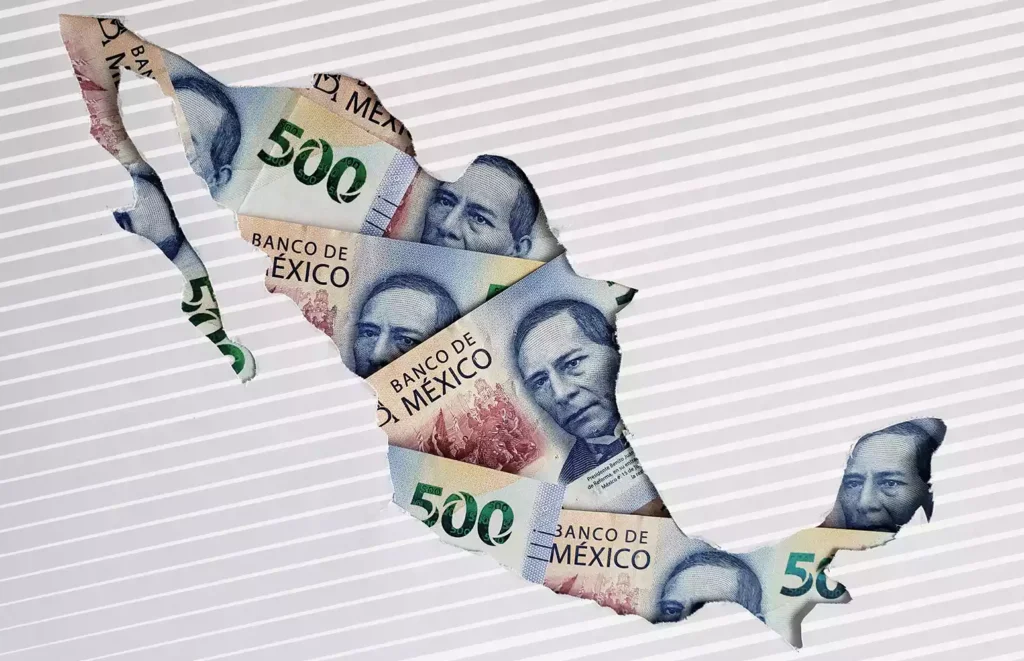The contribution of rural women in Mexico

The contribution of rural women in Mexico is invaluable, as their cultural, artisanal, and gastronomic value is remarkable.
This October 15th, as it is International Day of Rural Women, it is only fitting to remember the contribution of rural women in Mexico.
For instance, the majority of rural women in Mexico are of indigenous origin, and they have provided Mexican society with a wealth of invaluable knowledge.
Their presence alone is essential for the proper functioning of more than one community, even though they belong to one of the most disadvantaged groups in the country.
Among the contributions of rural women in Mexico, the preservation of indigenous languages stands out.
Currently, there are 68 indigenous languages spoken in Mexico, including Mixtec, Mixe, Nahuatl, Mayo, Seri, Tarasco, Triqui, Zoque, Zapotec, Maya, and Huichol.
These languages, and all others that exist, continue to thrive in our country, in some way, thanks to the indigenous women who speak them and pass down this ancestral knowledge to new generations.
Another contribution of rural women in Mexico is traditional medicine, as they possess significant knowledge in this field.
This ancestral knowledge is of fundamental importance for the treatment and cure of various diseases, and it is an integral part of the cultural identity of more than one community.
Of course, the cuisine and nutrition of entire communities are under the care of indigenous women. Mexico is a country rich in diverse flavors, and rural women have been at the forefront of providing proper nutrition for thousands of children.
Additionally, indigenous women have led social movements, defended human rights, and played central roles in the development of trade and culture.
-Rural Women in Mexico: Wide Inequality-
According to data from the National Institute for Women (Inmujeres), indigenous women face a situation of inequality compared to non-indigenous women.
For example, 32.5% of non-indigenous women are heads of households, a figure significantly higher than that of indigenous women (25.7%).
However, according to data from just Mexico City, for example, 7.3% of indigenous women are illiterate, while only 1.6% of non-indigenous women are.
The population of rural women in Mexico is significant, and as such, they deserve a special program of attention.
According to INEGI data for 2020, there were 64.5 million women in Mexico, and 21.1% of them reside in rural areas.
Furthermore, out of the 11.4 million households headed by women in the country, 16.2% are located in rural areas.
In 2019, according to national data, 6 out of every 10 rural women lived in poverty, which is the most distressing expression of inequality.
Also read: Regulation of Work for the Delivery Sector in Mexico.





